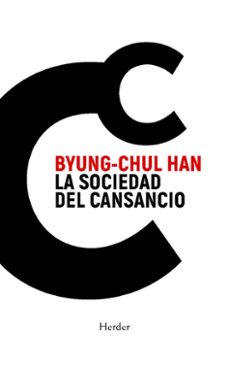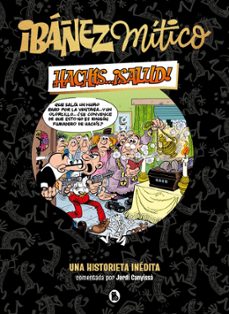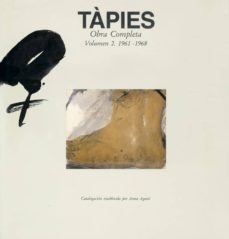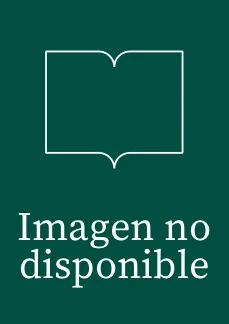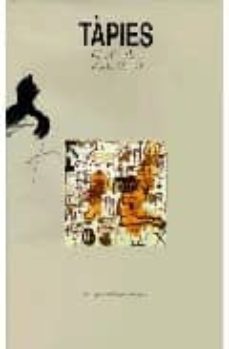Imprescindibles
Ficción
No Ficción
Ciencias y tecnología Biología Ciencias Ciencias naturales Divulgación científica Informática Ingeniería Matemáticas Medicina Salud y dietas Filología Biblioteconomía Estudios filológicos Estudios lingüísticos Estudios literarios Historia y crítica de la Literatura
Humanidades Autoayuda y espiritualidad Ciencias humanas Derecho Economía y Empresa Psicología y Pedagogía Filosofía Sociología Historia Arqueología Biografías Historia de España Historia Universal Historia por países
Infantil
Juvenil
#Jóvenes lectores Narrativa juvenil Clásicos adaptados Libros Wattpad Libros Booktok Libros de influencers Libros de Youtubers Libros Spicy Juveniles Libros LGTBIQ+ Temas sociales Libros ciencia ficción Libros de acción y aventura Cómic y manga juvenil Cómic juvenil Manga Shonen Manga Shojo Autores destacados Jennifer L. Armentrout Eloy Moreno Nerea Llanes Hannah Nicole Maehrer
Libros de fantasía Cozy Fantasy Dark academia Hadas y Fae Romantasy Royal Fantasy Urban Fantasy Vampiros y hombres lobo Otros Misterio y terror Cozy mistery Policiaca Spooky Terror Thriller y suspense Otros
Libros románticos y de amor Dark Romance Clean Romance Cowboy Romance Mafia y amor Romance dramatico Romcom libros Sport Romance Otros Clichés Enemies to Lovers Friends to Lovers Hermanastros Slow Burn Fake Dating Triángulo amoroso
Cómic y manga
Novela gráfica Novela gráfica americana Novela gráfica europea Novela gráfica de otros países Personajes, series y sagas Series y sagas Star Wars Superhéroes Cómics DC Cómics Marvel Cómics otros superhéroes Cómics Valiant
eBooks
Literatura Contemporánea Narrativa fantástica Novela de ciencia ficción Novela de terror Novela histórica Novela negra Novela romántica y erótica Juvenil Más de 13 años Más de 15 años Infantil eBooks infantiles
Humanidades Autoayuda y espiritualidad Ciencias humanas Economía y Empresa Psicología y Pedagogía Filosofía Historia Historia de España Historia Universal Arte Cine Música Historia del arte
Ciencia y tecnología Ciencias naturales Divulgación científica Medicina Salud y dietas Filología Estudios lingüísticos Estudios literarios Historia y crítica de la Literatura Estilo de vida Cocina Guías de viaje Ocio y deportes
Anna Agustí
Recibe novedades de ANNA AGUSTI directamente en tu email
Filtros
Del 1 al 4 de 4
POLIGRAFA 9788434306103
Como la de tantos otros grandes artistas del siglo, la obra de Antoni Tapies ha sido objeto a lo largo de los últimos años de un pormenorizado estudio que ha establecido la definitiva catalogación de su obra completa. De dicho catalogo raisonne, realizado bajo la direccion de Anna Agusti y con un estudio cronologico de Miquel Tapies, se presenta en cinco volumenes prologados por Serge Guilbaut, que recogen la produccion de un periodo especialmente prolifico durante el que, a pesar de la fuerte irrupcion de movimientos de corte neoexpresionista, su obra extenderia su influencia y lograria el reconocimiento de las generaciones mas jovenes. Edicion española de tapa dura.
Ver más
Otros
FUND. ANTONI TAPIES 9788488786647
Tapa dura
FUND. ANTONI TAPIES 9788488786418
This book is the fifth in a series that catalogs the complete works of artist Antoni Tàpies. Born in 1923 in Barcelona, Spain, Tàpies is a self-taught painter. He turned to abstraction in 1953 and became known for his use of raw materials in his paintings, including dust, dye, dirt, and plaster. The book contains an interesting essay by Serge Guilbaut that begins by discussing the relationship between Tàpies's early work and the Franco regime: "Decay, destruction, laceration, smashed and sullied parts were some of the elements into which the painter chose to immerse objects to signal the loss of freedom, the lack of progress and hope." Guilbaut traces changes in Tàpies's work and changes in politics and the social climate after Franco's death, describing the difference in the painter's work as an "art of burials to an art of flight." From there Guilbaut considers Tàpies's reaction to more everyday pain and his later interest in Eastern philosophy. Volume 5 is a magnificent book: 504 oversize pages with 1,072 illustrations. It is rare indeed to see an artist's work so carefully and beautifully cataloged. --Jennifer Cohen Antoni Tapies' contribution to the aesthetics of the 20th century can be understood through his particular treatment of texture and material, a sensibility that has lent his paintings the unmistakably rich, mottled, and ancient character of a Spanish wall. Walls block access and vision, but also provide a backdrop for graffiti and the effects of the passing of time, and Tapies' consistent use of this motif and the magical assortment of materials through which it is conveyed encompass his endeavor to depict the continuity of physical matter. The fifth volume in this definitive catalogue of his complete works presents Tapies' output between 1982 and 1985, a brief but prolific period during which, despite the predominance of Neo-Expressionism, his influence continued to spread and his work was acknowledged by younger generations. Essay by Miquel Tapies. Foreword by Serge Guilbaut. Catalog compiled by Anna Agusti.
Ver más
Otros
Del 1 al 4 de 4





